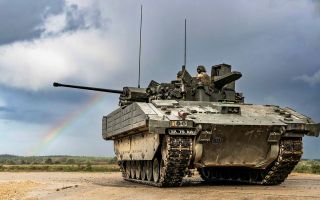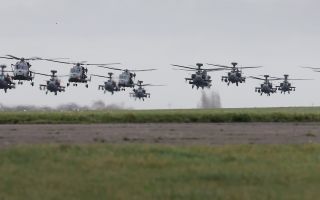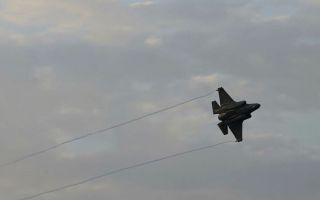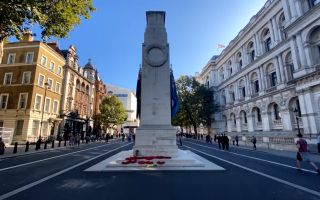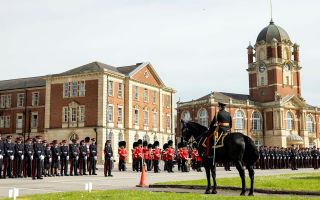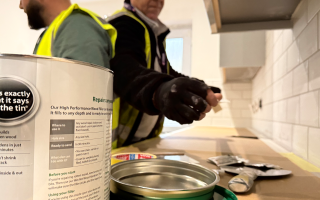Tri-Service
#SDSR2015: The Facts
The Government have delivered the first major review of UK defence strategy and spending since 2010, here's what we know.
- The UK to spend an additional £12bn on equipment for the Armed Forces, taking total defence spending to £178 billion over the next 10 years.
- This will include a new fleet of nine Boeing P8 maritime patrol aircraft, after the highly-criticised decision in 2010's review to scrap a new generation of Nimrods. Based at RAF Lossiemouth they'll be used for anti-submarine and anti-surface ship warfare as well as maritime surveillance.
- Only eight Type 26 Frigates will be built, instead of the original 13. The government say this is enough to provide adequate protection for the two Queen Elizabeth class carriers. It will also allow for the building of up to 5 of a new class of light, general purpose frigate along with freeing up money for an additional 400+ Royal Navy personnel. The Type 26's will be built in Glasgow at the Govan and Scotstoun shipyards.
- The Prime Minister announced that the estimated cost of replacing the UK's nuclear deterrent Trident missile system had risen from £25 billion to £31 billion. On top of which will be a further £10 billion contingency to meet any unexpected, additional costs. The new Successor submarines required to carry the missiles will enter service in the 2030s.
- Two 5,000-strong "strike brigades", made up of existing Army soldiers, are to be created by 2025. They'll be capable of rapidly deploying across the world to respond to "diverse" threats to the UK's security, and will use the MoD's fleet of almost 600 new AJAX armoured fighting vehicles.
- The purchase of new F-35 jets is to be accelerated, so that 24 will be available on the two new Queen Elizabeth-class aircraft carriers by 2023, instead of eight - with 138 to be bought over a longer period of time. The RAF will also double its number of drones, with 20 new armed Protectors coming on stream in the 2020s to replace Reapers. Special Forces will also get Zephyr high-altitude surveillance aircraft, capable of unmanned operations at 70,000ft.
- An additional £2 billion will be spent on the SAS and other special units over the coming five years. It'll fund new weapons and vehicles; possibly including helicopters, protective equipment, night-fighting kit and communications - rather than being used on a recruitment drive.
- An extra £1.9bn is to be spent on cyber security and 1,900 new spies recruited.
- The operational lifespan of the RAF's Typhoons will be extended by a decade, until 2040. They'll also be upgraded to give them ground attack capabilities. It's argued this will effectively add two extra frontline squadrons to the country's air force.
- The Chancellor George Osborne pledged this summer to meet the NATO target of spending two per cent of national income on defence every year until 2020. This means Britain's defence spending will rise in real terms every year during the current Parliament - 0.5% above inflation.
- £11 billion of 'efficiency savings' are also to be made. Details are to be announced later in the week but are expected to include land sell-offs and thousands of civilian redundancies within the Ministry of Defence.

